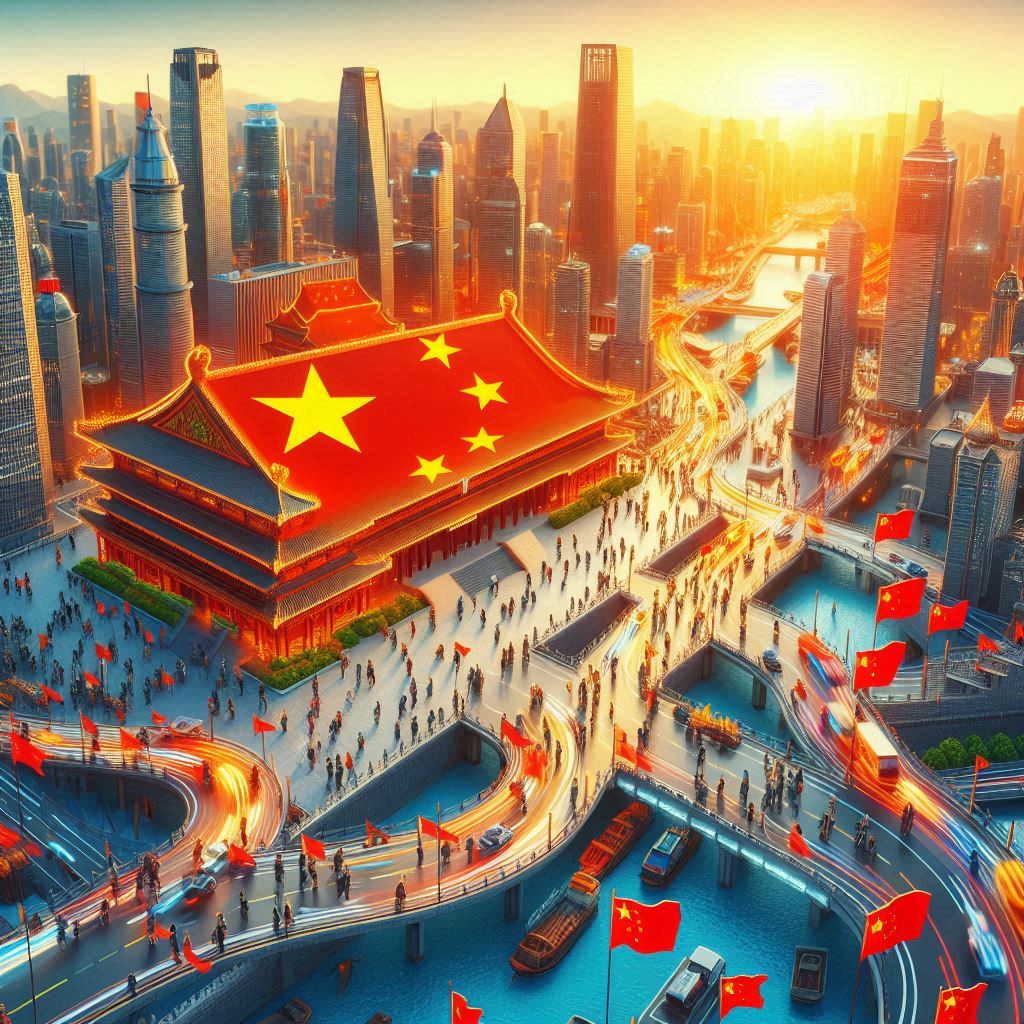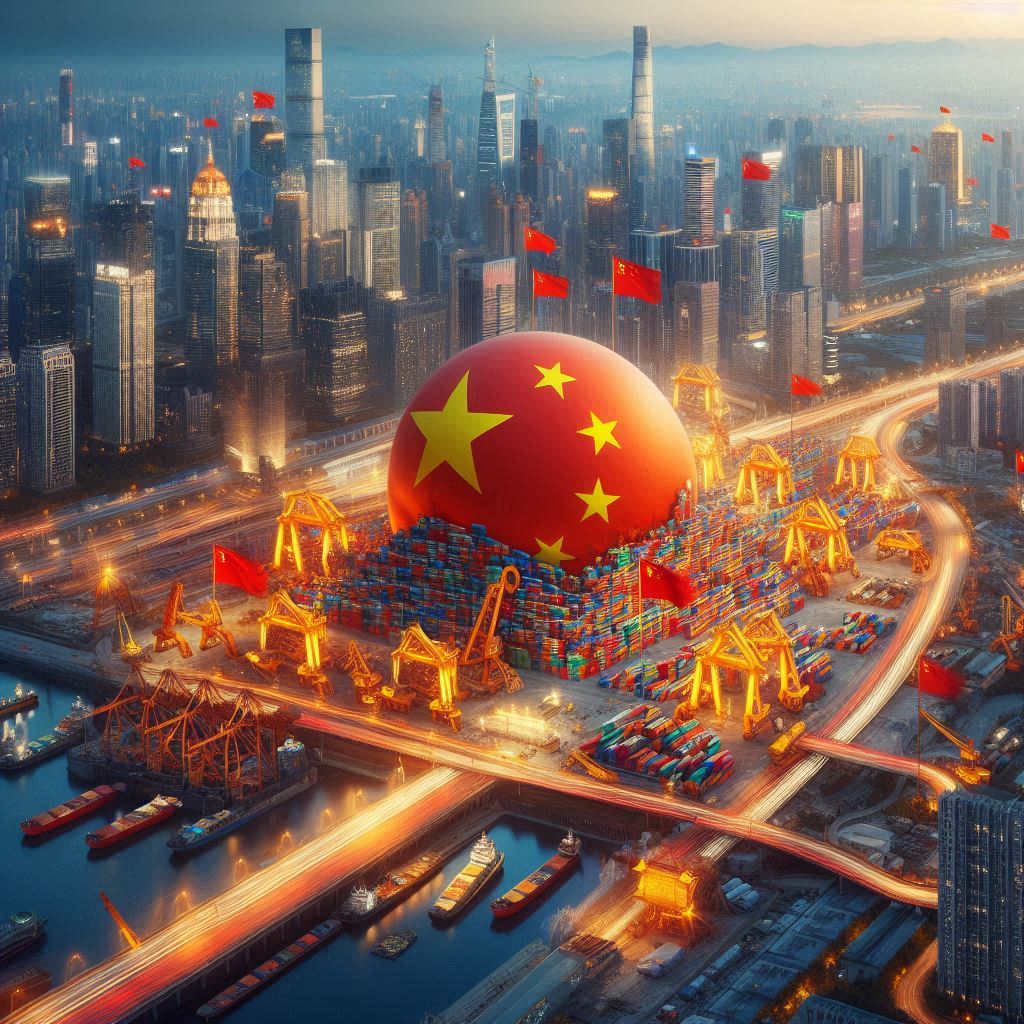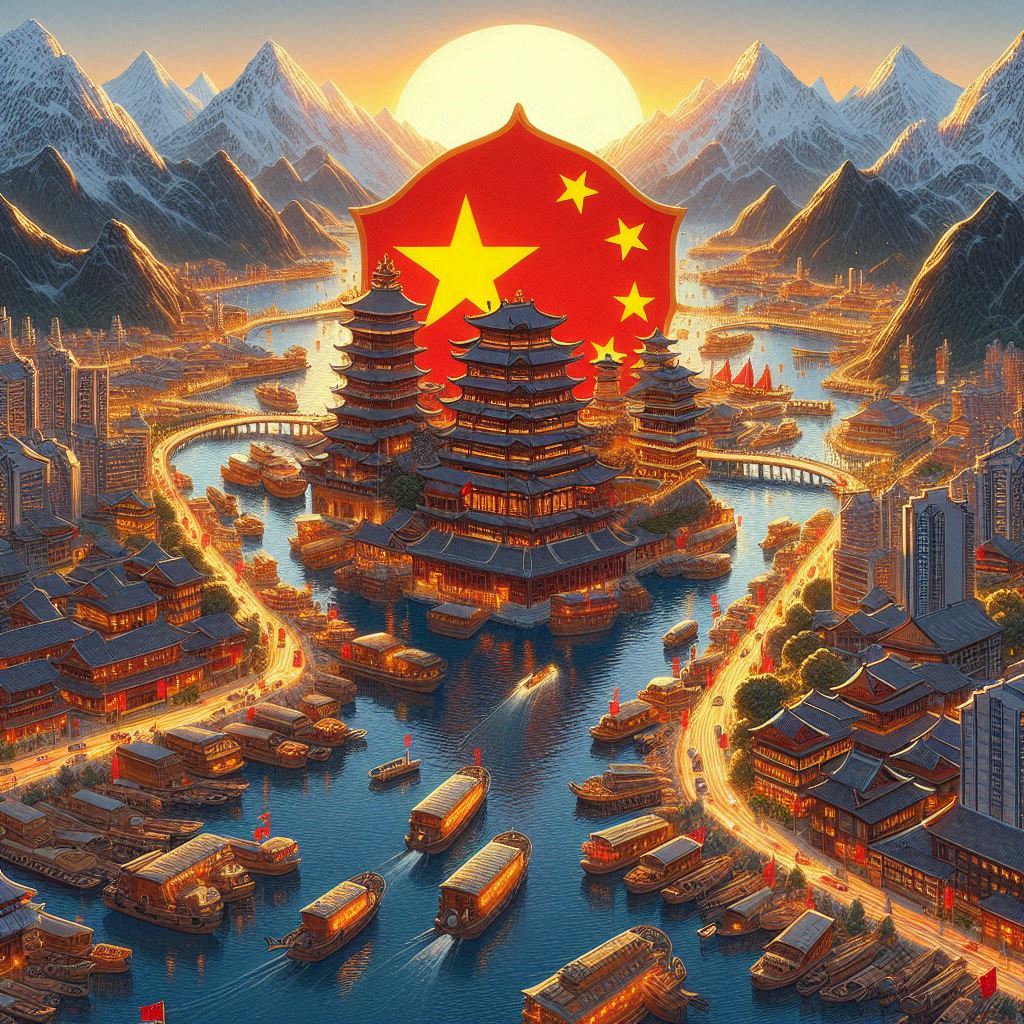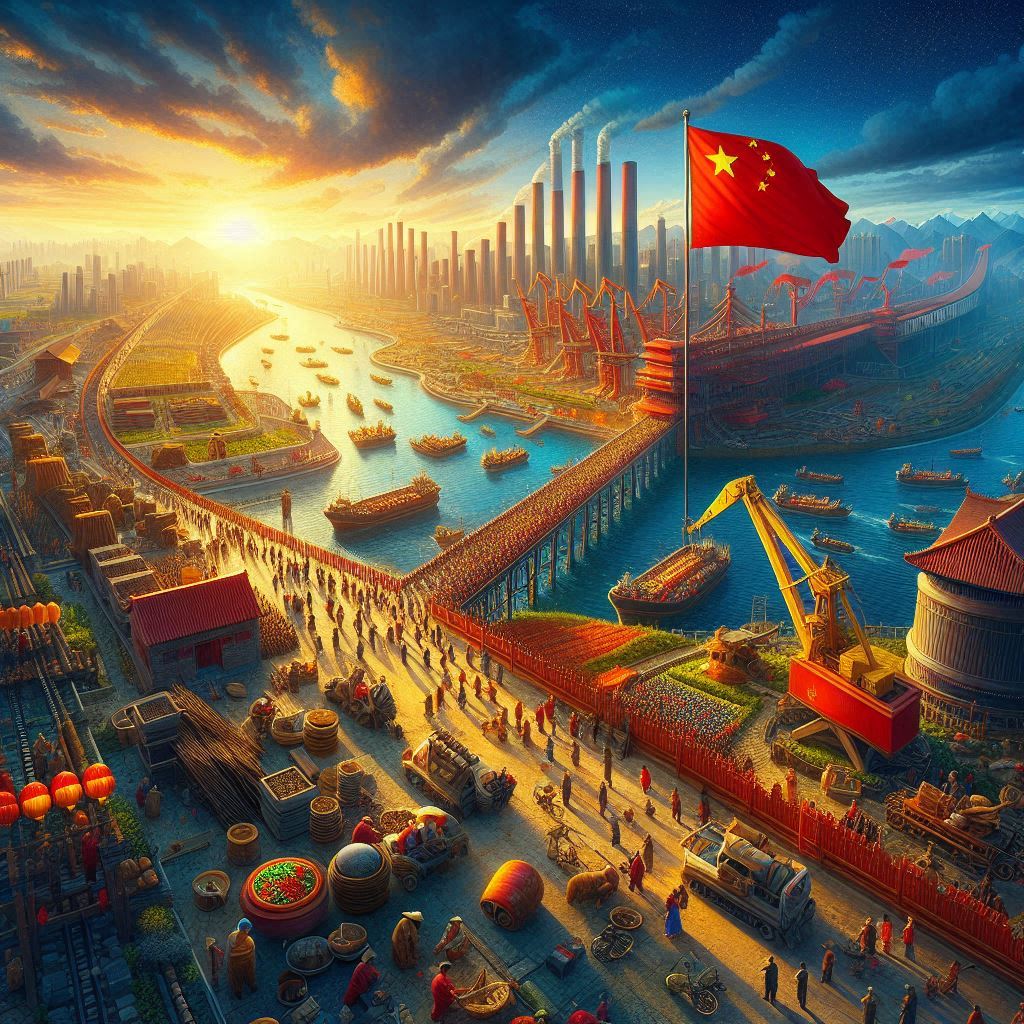中國經濟迅速崛起,成為世界第二大經濟體的主要原因
在短短20多年的時間內,中國經濟迅速崛起,成為世界第二大經濟體,背後有許多複雜而關鍵的因素。以下是中國在此期間所採取的一些主要方法和策略:
改革開放:1978年,中國開始實行改革開放政策。這一政策允許市場機制在資源配置中發揮更大作用,同時大力吸引外資。這使得中國能夠迅速融入全球經濟,促進經濟的快速增長。
外商直接投資(FDI):通過建立經濟特區和開放沿海城市,大力吸引外商直接投資。大量外資的湧入不僅帶來資本,也帶來先進的技術和管理經驗,提升了中國企業的競爭力。
製造業和出口導向型經濟:中國在過去幾十年內,發展成為“世界工廠”,通過大力發展製造業和出口貿易,迅速積累大量外匯儲備。這不僅帶動經濟增長,還促進產業升級和技術進步。
基礎設施建設:在基礎設施建設方面投入大量資金,修建大量的高速公路、高速鐵路、機場和港口。這些基礎設施極大地提升物流效率,促進國內外貿易。
城市化進程:大規模的城市化進程吸引大量農村人口向城市遷移,即所謂的農工,提供充足的勞動力,推動經濟發展。同時,城市化也帶動房地產市場和基礎設施建設。
科技創新和產業升級:在科技創新方面投入大量資金,促進高新技術產業的發展。政府通過實施一系列政策和計畫,如“國家中長期科學和技術發展規劃綱要”和“製造2025”,推動產業升級,提升經濟競爭力。
金融改革:進行多次金融改革,建立較為完善的金融市場體系,提高資本配置效率。通過開放金融市場,吸引大量國際資本,促進經濟發展。
國內市場的巨大潛力:擁有龐大的人口基數,國內市場潛力巨大。政府通過提升居民收入水準,促進消費增長,推動內需擴展,成為經濟增長的重要動力。
政策支持和政府主導:在經濟發展中發揮重要的主導作用。通過實施一系列經濟政策和發展規劃,如五年計劃,政府能夠有效協調資源配置,推動經濟發展。
國際合作和貿易:積極參與國際合作和全球貿易,通過加入世界貿易組織(WTO)等國際組織,進一步開放市場,促進貿易和投資的增長。在天安門事件後努力改善與美國的關係,避免被全球經濟制裁。
綜上所述,中國通過一系列改革開放措施、大力吸引外資、發展製造業和出口、加強基礎設施建設、推動城市化、促進科技創新、進行金融改革、挖掘國內市場潛力以及積極參與國際合作,迅速崛起為世界第二大經濟體。這些因素共同作用,推動中國經濟的快速發展和繁榮。
In just over 20 years, China's economy has rapidly risen to become the second-largest in the world, driven by numerous complex and critical factors. Here are some of the main methods and strategies China has adopted during this period:
Reform and Opening-Up: In 1978, China began implementing the policy of reform and opening-up. This policy allowed market mechanisms to play a larger role in resource allocation while vigorously attracting foreign investment. This enabled China to quickly integrate into the global economy, promoting rapid economic growth.
Foreign Direct Investment (FDI): By establishing special economic zones and opening coastal cities, China attracted significant foreign direct investment. The influx of foreign capital brought not only financial resources but also advanced technology and management experience, enhancing the competitiveness of Chinese enterprises.
Manufacturing and Export-Oriented Economy: Over the past few decades, China has developed into the "world's factory" by vigorously developing manufacturing and export trade, quickly accumulating large foreign exchange reserves. This has driven economic growth and promoted industrial upgrading and technological progress.
Infrastructure Construction: China invested heavily in infrastructure construction, building numerous highways, high-speed railways, airports, and ports. These infrastructures greatly improved logistics efficiency, facilitating domestic and international trade.
Urbanization Process: Large-scale urbanization attracted a significant number of rural populations to move to cities, providing ample labor supply and driving economic development. Urbanization also boosted the real estate market and infrastructure construction.
Technological Innovation and Industrial Upgrading: China invested heavily in technological innovation, promoting the development of high-tech industries. The government implemented a series of policies and plans, such as the "National Medium and Long-Term Plan for Science and Technology Development" and "Made in China 2025," to drive industrial upgrading and enhance economic competitiveness.
Financial Reforms: China carried out multiple financial reforms, establishing a relatively complete financial market system to improve capital allocation efficiency. By opening financial markets, China attracted substantial international capital, fostering economic development.
Domestic Market Potential: With a large population base, China’s domestic market has immense potential. The government worked to raise residents' income levels, promote consumption growth, and expand domestic demand, becoming an important driver of economic growth.
Policy Support and Government Leadership: The Chinese government played a crucial leadership role in economic development. Through implementing a series of economic policies and development plans, such as the Five-Year Plans, the government effectively coordinated resource allocation and drove economic growth.
International Cooperation and Trade: China actively participated in international cooperation and global trade. By joining international organizations like the World Trade Organization (WTO), China further opened its market, promoting trade and investment growth. Following the Tiananmen incident, China made efforts to improve relations with the United States, avoiding global economic sanctions.
In summary, through a series of reform and opening-up measures, vigorous foreign investment attraction, manufacturing and export development, strengthened infrastructure construction, urbanization, technological innovation promotion, financial reforms, tapping into domestic market potential, and active international cooperation, China rapidly rose to become the world's second-largest economy. These factors collectively propelled the rapid development and prosperity of China's economy.




照片:DALLE3
- 1
- 2
- 3
- 4
